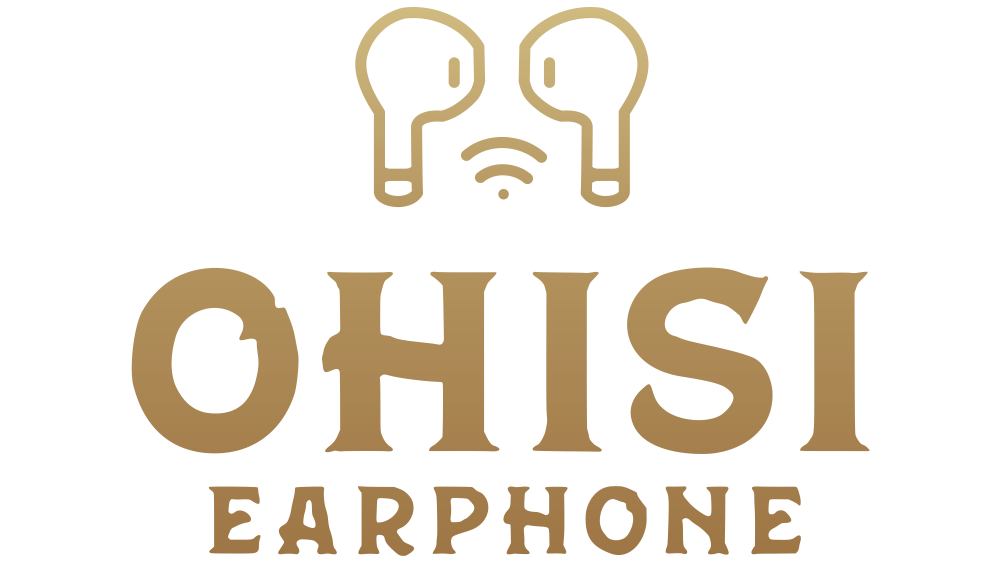Sport earbuds are a popular choice for active individuals, but many people don’t realize the risks they pose to hearing health. Prolonged exposure to high volumes through earbuds can lead to permanent hearing damage. The good news is that by using proper listening habits and selecting the right earbuds, you can protect your hearing while enjoying your workouts.
Sport earbuds are convenient for active lifestyles, but they can damage your hearing if used at high volumes for extended periods. Learn how to use them safely to protect your ears without sacrificing performance.
Wondering how to keep your hearing safe while enjoying the benefits of sport earbuds? Let’s dive into the risks and solutions for protecting your hearing.
How Can Sport Earbuds Affect Your Hearing?
Sport earbuds, designed for fitness enthusiasts, deliver sound directly into your ears, making them convenient for exercise. However, this close proximity to your ear canal means that if you listen at high volumes, the sound can cause damage to your hearing over time. Prolonged exposure to sounds above 85 decibels (dB) can lead to permanent hearing loss.
Many sport earbuds, especially noise-canceling or wireless models, can reach sound levels as high as 100 dB. Listening at this volume for long periods, such as during daily exercise sessions, can be damaging.
Risks of Overusing Sport Earbuds
| Risk | Description |
| Hearing Loss | Extended exposure to high-volume sounds can result in permanent hearing impairment. |
| Tinnitus | Prolonged loud noise exposure may lead to ringing in the ears. |
| Ear Infections | Earbuds that don’t allow for air circulation can lead to bacterial growth and ear infections. |
How Loud Is Too Loud for Sport Earbuds?
The safe volume level for listening is typically below 85 dB. But many sport earbuds, particularly those with active noise cancellation or high-quality wireless features, can easily exceed 100 dB. At this level, extended listening could cause hearing damage.
Experts recommend listening at no more than 60% of the maximum volume on your earbuds. Additionally, it’s important to give your ears regular breaks, especially during long workout sessions.
How Can You Protect Your Hearing While Using Sport Earbuds?
Protecting your hearing while using sport earbuds is easier than you think. By following a few simple steps, you can enjoy your workouts and music without harming your ears.
- Lower the Volume: Keep the volume at or below 60% of the maximum capacity of your earbuds.
- Use Noise Isolation: Choose earbuds with noise-canceling or noise-isolating features, which let you listen at lower volumes without missing out on sound clarity.
- Take Breaks: Limit your listening time to 30 minutes at a stretch, followed by a short break to allow your ears to recover.
- Choose Quality Earbuds: Look for earbuds designed to maintain a balanced sound, not just high volume.
By practicing these simple habits, you can significantly reduce the risks associated with loud music and protect your hearing.
What Features Should You Look for in Sport Earbuds?
When selecting sport earbuds, you should prioritize both comfort and sound quality while ensuring your hearing is protected. Here are some important features to consider:
- Volume Limiting: Some earbuds are designed with built-in volume capping to prevent accidental high-volume listening.
- Noise-Canceling: Noise-canceling or noise-isolating earbuds allow you to reduce external noise, which means you don’t need to turn the volume up to drown out background sounds.
- Ergonomic Fit: Choose earbuds that fit securely in your ears to avoid having to increase the volume for a better listening experience.
- Water and Sweat Resistance: Given that sport earbuds are used during exercise, make sure they are durable and resistant to sweat and moisture.
These features will help you maintain both comfort and hearing safety during workouts.
Which Sport Earbuds Are Best for Hearing Safety?
Several brands offer sport earbuds with features that prioritize both hearing protection and performance. Here are some top picks:
| Brand | Model | Key Features |
| Bose | Sport Open Earbuds | Open-ear design, volume-limiting, noise-reducing |
| Apple | AirPods Pro 2 | Active noise cancellation, adaptive EQ, ergonomic design |
| Sony | WF-SP900 | Noise-canceling, water-resistant, sweat-proof |
| Jabra | Elite Active 75t | Noise isolation, customizable sound, secure fit |
| Ohisi | T41,T43,T9,T42,T25 | Open-ear design, volume-limiting, noise-reducing |
These models not only offer high-quality sound but are also designed to reduce the risk of hearing damage.
What Are the Alternatives to Sport Earbuds?
If you’re still concerned about the risks of sport earbuds, consider exploring other alternatives for your workouts:
- Bone Conduction Headphones: These sit outside your ear and transmit sound through your cheekbones, bypassing the eardrum entirely. They allow you to hear your surroundings while still enjoying audio at a safe volume.
- Open-Ear Headphones: These headphones don’t block the ear canal, making them a safer alternative for long listening sessions.
- Over-Ear Headphones: While bulkier, over-ear headphones tend to distribute sound more evenly, allowing for lower volume levels compared to earbuds.
These options might be bulkier but can offer a safer listening experience without compromising audio enjoyment.
Conclusion
In conclusion, sport earbuds can be safe for your hearing when used responsibly. To protect your ears, keep the volume at a moderate level, use noise-isolating models, and take regular breaks. By making simple changes to how you use your earbuds, you can enjoy your workout music without risking long-term hearing damage.

